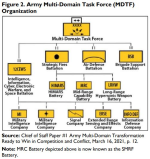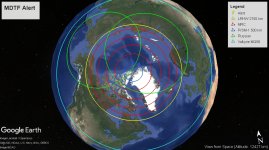- Reaction score
- 11,944
- Points
- 1,160

Australia announces $4.7 billion purchase of US air defense missiles
The deal checks off a top priority in Australia's 2024 defense strategy, published this spring.
Australia announced this week it was buying $4.7 billion in American-made SM-2 and SM-6 missiles — two of the world’s most advanced air defense interceptors — in a colossal foreign military sale.
Funding for a decade, numbers not stated.
“There was a strong view we needed to both upgrade the capability of air defense, but also increase the numbers of missiles we’re holding,” Conroy said in an interview while visiting Washington.
Missile defense is one of the top priorities listed in Australia’s 2024 defense strategy, published this April, which name drops the SM-6. In the plan, the government pledged to double its number of major warships and build a firmer defense industry of its own — as the country, like America, accepts competition with China as the norm.
Canberra’s defense budget, published a month after in May, committed a record $37 billion, or just over 2% of GDP, toward its military. The government aims to reach 2.3% of GDP, right now around $67 billion, by 2033-2034.
The SM, or Standard Missile, Block IIIC and 6 included in the sale will help Australia defend against advanced missile attacks and, in the case of the latter, can provide an anti-ship weapon. The American missile company Raytheon manufactures both, which have a medium and long range respectively.
“This combination of long range air defense, anti-ship strike capability ... and giving us our first ability to defend against ballistic missiles through terminal ballistic missile defense was a huge step forward for our navy,” Conroy said.









